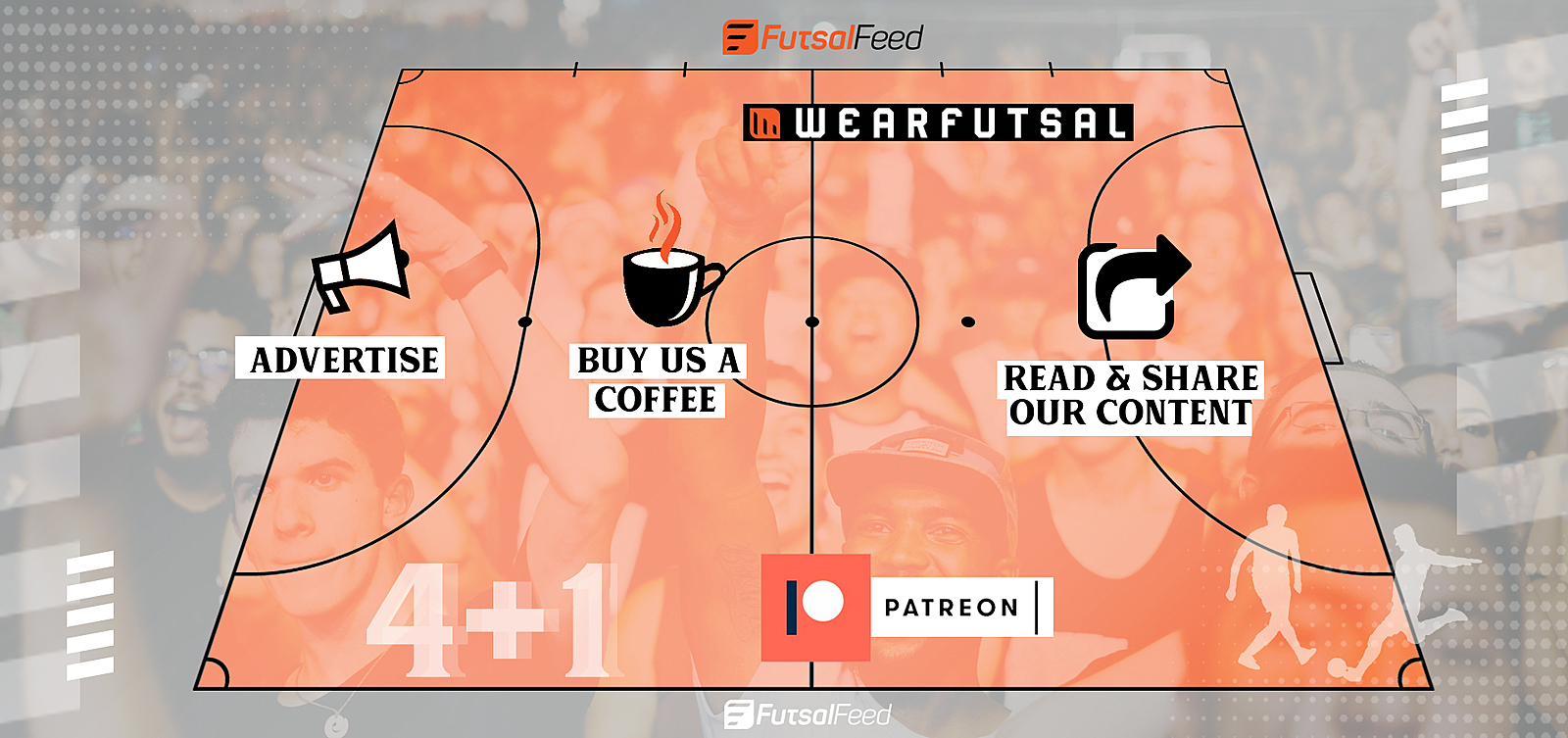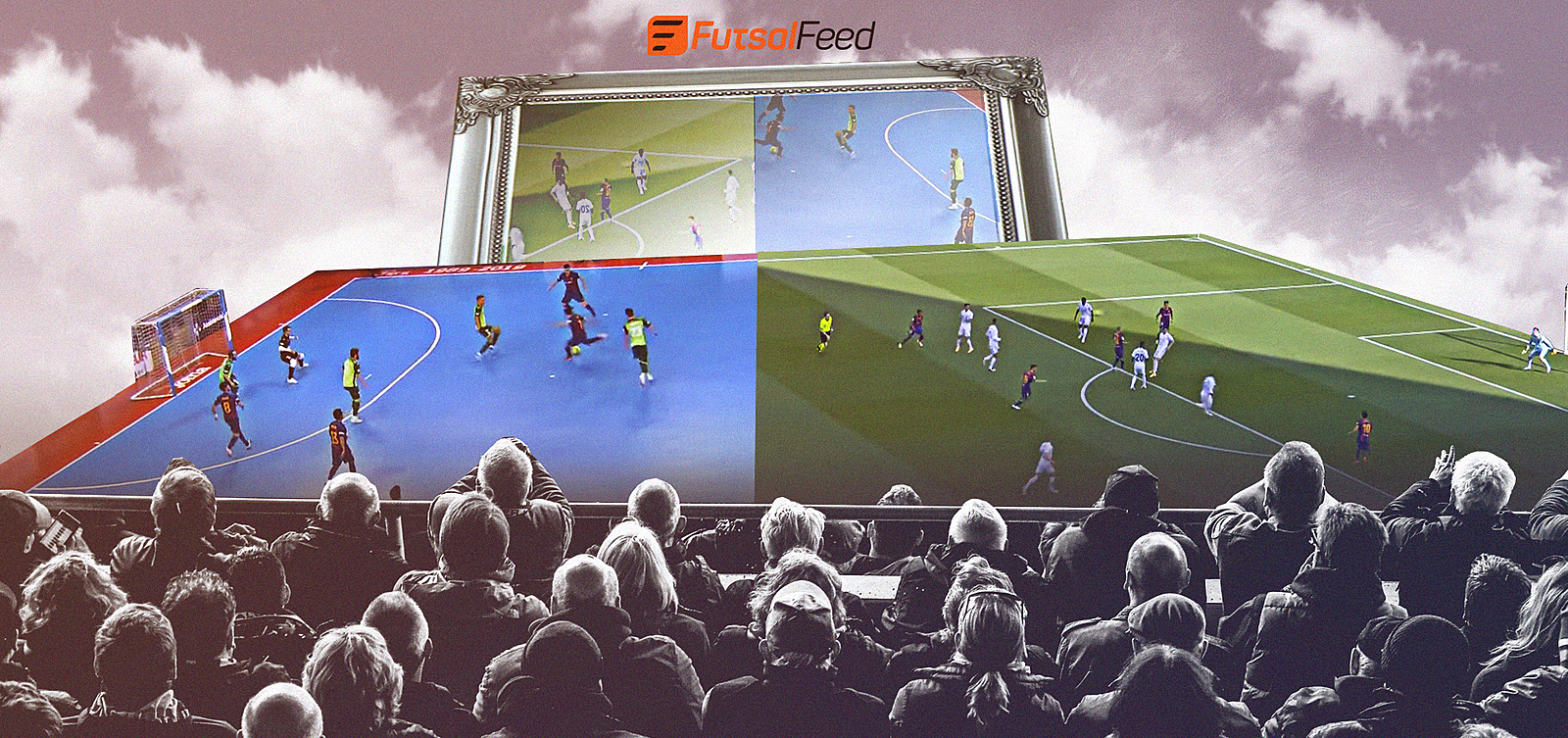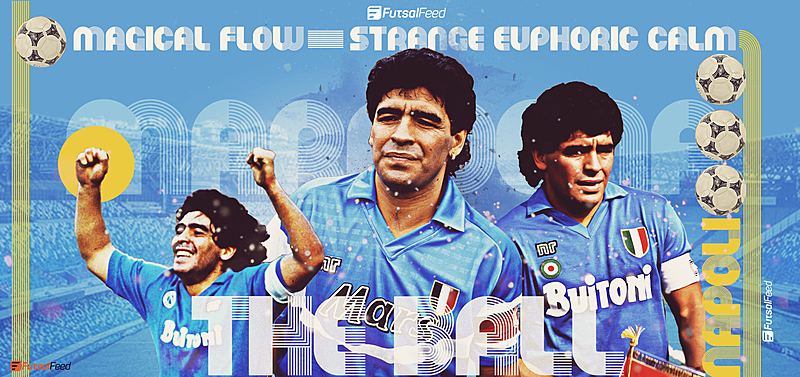Every coach's dream is to create numerical superiority most effectively and efficiently in ball possession in the offensive field.
In many years, many concepts have developed, and in recent months, the European trend is to use one against one by force it in several areas of the field (even in those considered most dangerous).
In this column, I would like to talk about using the team's most talented players' individual technical-tactical quality to 'attract' opponents as much as possible and to ensure that teammates can attack the undisturbed blind areas, thus quickly creating numerical superiorities in particularly profitable areas.
In Futsal, this principle becomes valuable because it attracts two opponents, which means that we have a usable space to attack.
It is not only the attraction of two men at the player with the ball. The great advantage of that method can be achieved because of a very important element - the wrong posture with which often positions the opponents who "control" the player with a ball. In fact, in addition to the defenders near him, often, some players in slow marking mistakes, macroscopically mistaken postures, creating very important attack corridors for the possession ball team.
Planning and organization are the key elements for a winning methodology.
The determinant for the player with the ball is the "timing" situation - the player must be able to temporize, not risk losing the ball, to "push" quickly into the most suitable space.
What are the substantial differences in the use of this tactic in the two sports?
In Futsal, the spaces are very limited, as the distances of pressure between the opponents are very different.
In fact, defenders are much more willing to defend the ball without "throwing it" even with the opponent very close to them. That is not the case in football, where the defender's "perception" of danger is much higher than in futsal.
Training the footballer from a child in reduced spaces is certainly highly-beneficial both to improve individual technical qualities and, above all, to train the ability to read out the situations that come solve. Having a thinking footballer growing up, capable of quickly resolving everything, is to have a footballer like Iniesta on the team, I believe every coach's dream.
These situations can and must be trained by youngsters, by a prophetic of different spaces and times, depending on footballers' age.
Planning and organization are the key elements for a winning methodology.
>> Futsal and Football, the perfect fusion

>>> 4+1 easy ways how can you support FutsalFeed






